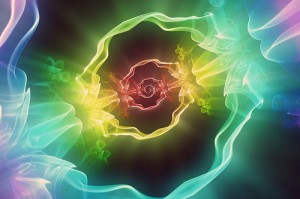How to Expertly Print Your Digital Art and Impress Your Audience –
 There’s nothing more disappointing to me than when I print my digital art and the outcome is less than I expected. You know what I mean: Based on your printing techniques, I am sure there have been times when you have not been happy with the hard copy of your digital art. I have discovered that there are some tricks you can use when printing digital art to ensure a beautiful final product. Crisp, clear colors and well-defined subjects will please the artist in each of us.
There’s nothing more disappointing to me than when I print my digital art and the outcome is less than I expected. You know what I mean: Based on your printing techniques, I am sure there have been times when you have not been happy with the hard copy of your digital art. I have discovered that there are some tricks you can use when printing digital art to ensure a beautiful final product. Crisp, clear colors and well-defined subjects will please the artist in each of us.
Proof Your Work
Whatever you are printing, I am sure you’ll want it to be the best possible reproduction of your work. So how can you be sure that you will get what you want? You’ll need to proof your work. Start with an artist proof. Print your image and see if it is what you are hoping for. Are the colors what you were hoping for? Is the image clear and crisp, or soft and mottled, just the way you intended? Once you’re holding a hard copy in your hand, you will be able to see what, if anything, needs to be tweaked. Just be sure to proof using the same paper and printer model that you will use for your final print. This is the only way that you will achieve consistency in your prints. If you are printing digital art images in larger quantities, you might choose to make a contact sheet instead. Thumbnail images, several to a page, allow you to save some money and time. I’m not a big fan of the contact sheet, though, because I find it harder to see all of the details of each picture in such a small format.
How to Prepare Your Images
If you’re looking to print your work on photo paper, there is not a lot that you will have to do to ready your images for processing. If you are at all like me and want to print on canvas or some other media, your printing techniques will be a little different. You’ll need to prepare your images ahead of time so the end result is what you are hoping for. High-quality JPEG files will give you the best print, but TIF files will also work as long as they have not been compressed. Set your resolution to somewhere around 300 when printing digital art: It is not necessary to have a resolution of 1200, as that is overkill and won’t necessarily give you a better print. Watch your preview screen: It’s the only real indicator you have of what your artwork will look like when printed. Be aware of how you center your image and what you are cropping out of the picture. Software relies on your input to print your work.
There are many very technical printing procedures that are used when prints will be made available for sale or used in a show, but I believe that most people are more like me in that they don’t require that much information. Basically, just know what you’re looking for and choose printing software that will help you get there. Plan and prepare, and I’m sure that you’ll be well on your way to glorious prints that you will be proud to share.

